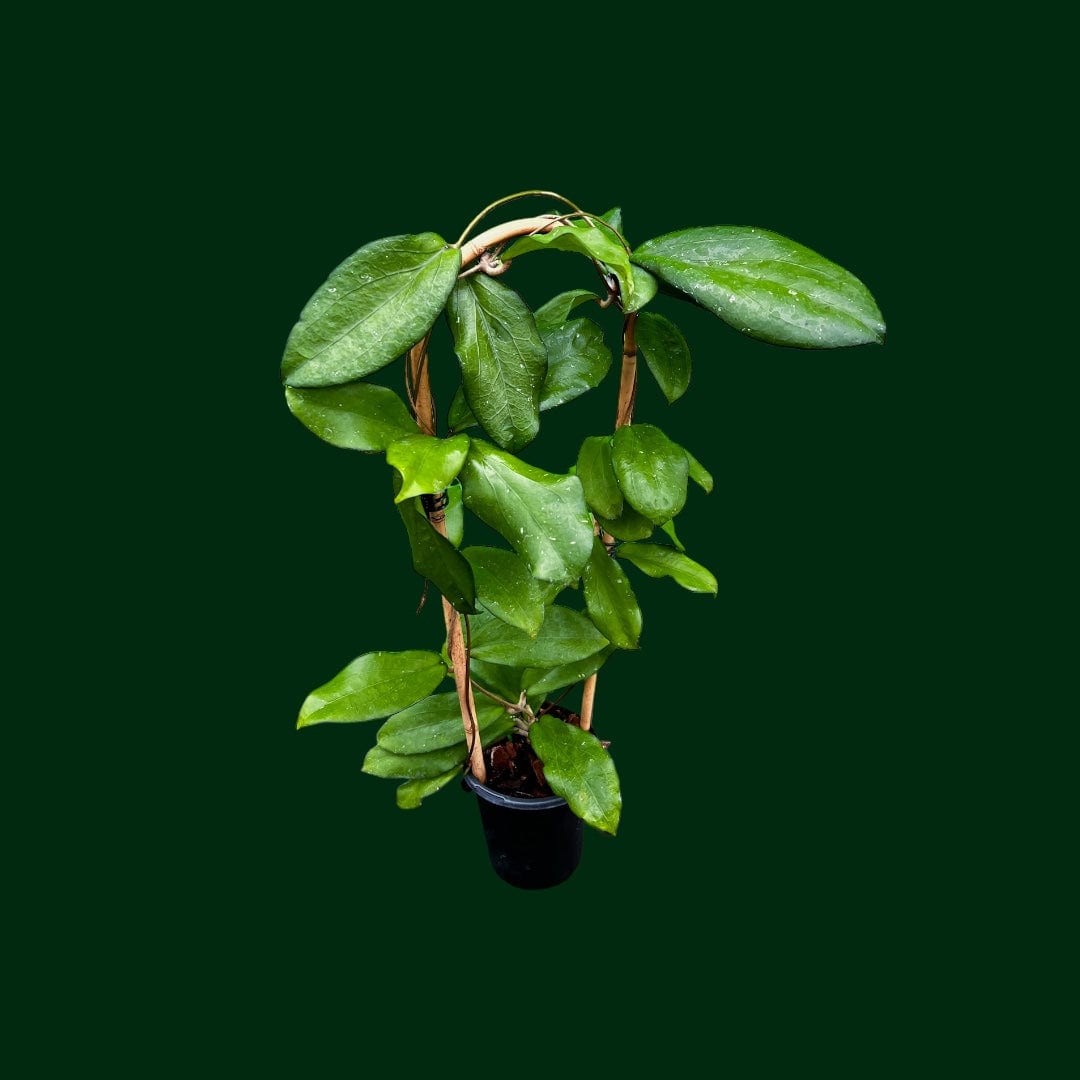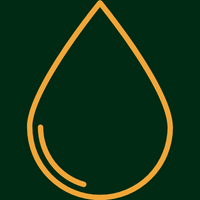
Trellised Hoya erythrina
Mature Hoya, already trellised.
Named after the Greek word for "red," Erythrina is a striking Hoya that produces beautiful red leaves under sunstress. Discovered and described by Dr. R.L. Rintz in 1978, this rare plant is found in the forests of Pahang and Selangor at altitudes between 400-700 meters, typically growing along rivers.
Erythrina may start off slow, but once established, it grows rapidly and loves to twine and climb with long stems. Its deep green leaves are undulant and rigid with striking venation, featuring rich, dull maroon to pink undersides and distinctive pink markings on the surface. The foliage alone is worth growing this Hoya for!
The buttery yellow flowers of Erythrina are formed in convex umbels with a pagoda-shaped center, giving off a warm undertone to the yellow petals. The petals have a unique squared-off shape, adding to the plant's distinctive appearance.
If you're a collector looking for an attractive and desirable plant, Erythrina is the perfect addition to your collection. While it may require a bit of patience to get started, the end result is well worth the effort.
Named after the Greek word for "red," Erythrina is a striking Hoya that produces beautiful red leaves under sunstress. Discovered and described by Dr. R.L. Rintz in 1978, this rare plant is found in the forests of Pahang and Selangor at altitudes between 400-700 meters, typically growing along rivers.
Erythrina may start off slow, but once established, it grows rapidly and loves to twine and climb with long stems. Its deep green leaves are undulant and rigid with striking venation, featuring rich, dull maroon to pink undersides and distinctive pink markings on the surface. The foliage alone is worth growing this Hoya for!
The buttery yellow flowers of Erythrina are formed in convex umbels with a pagoda-shaped center, giving off a warm undertone to the yellow petals. The petals have a unique squared-off shape, adding to the plant's distinctive appearance.
If you're a collector looking for an attractive and desirable plant, Erythrina is the perfect addition to your collection. While it may require a bit of patience to get started, the end result is well worth the effort.
- In stock, ready to ship
- Inventory on the way
In-Store Pickup
Unsolicited Plant Talks
34162 Avenue G, Yucaipa CA 92399





